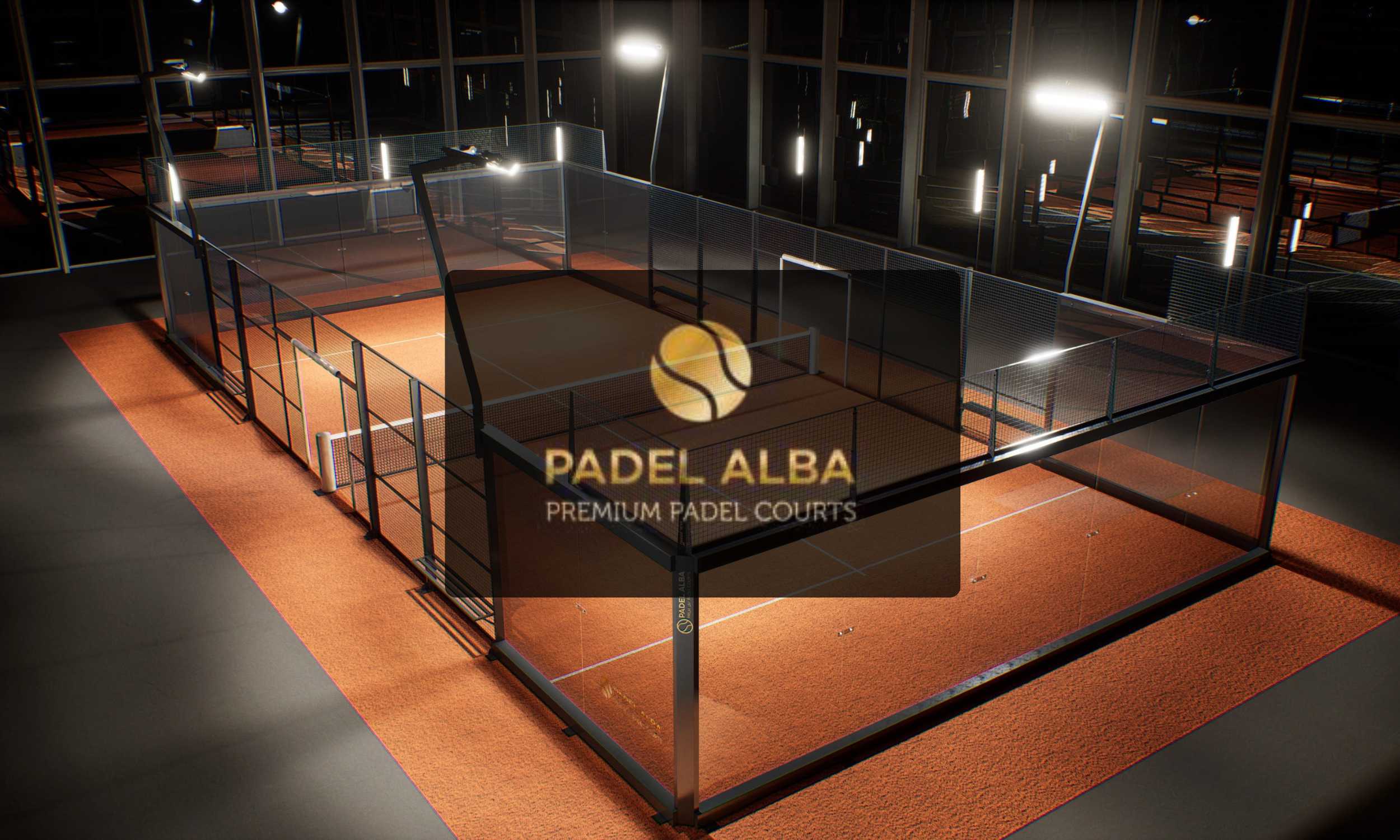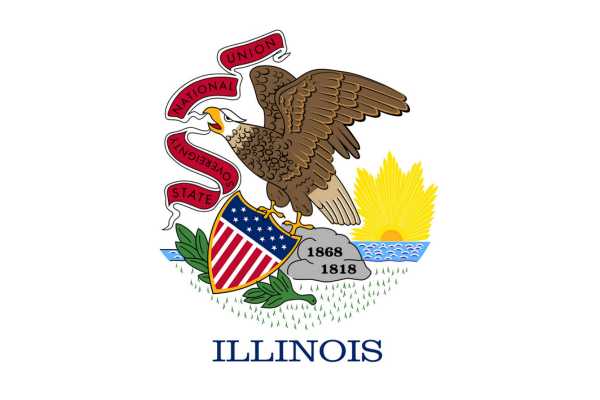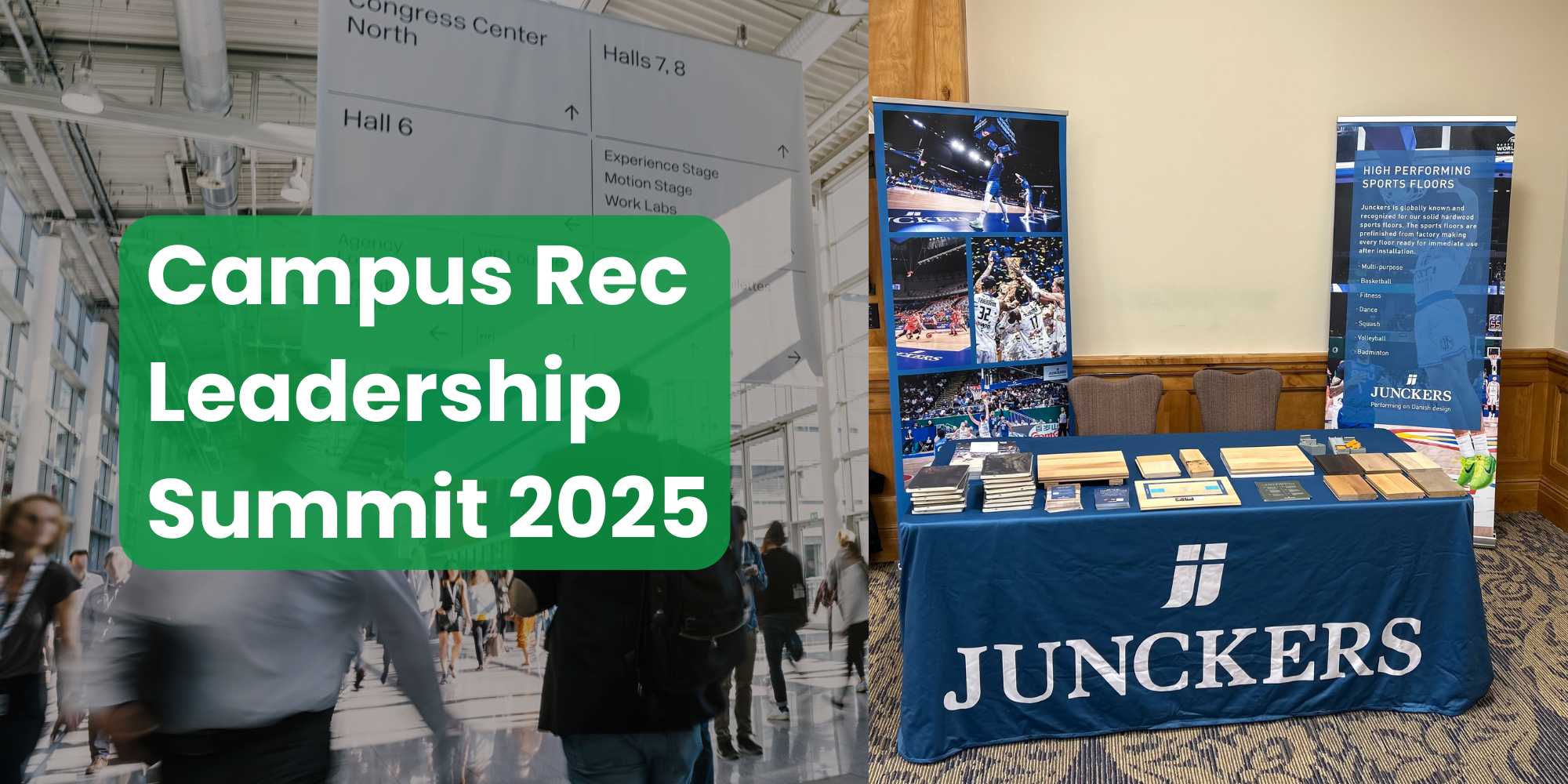
Padel Alba Unveils Refreshed Brand Identity and New Website
At the Padel World Summit in Barcelona this May, Padel Alba introduced its newly updated visual identity.
With a long-standing investment in school athletics, collegiate sports, and community recreation, Illinois continues to drive demand for high-quality gym flooring systems. From Chicago’s suburban districts to rural townships in southern Illinois, facilities are upgrading floors to meet evolving standards for safety, durability, and multi-sport functionality.
Whether you’re renovating a high school gym, retrofitting a university rec center, or planning a new build for a local park district, the right flooring system can reduce long-term maintenance, improve athlete performance, and stand up to Illinois’ seasonal climate shifts.
This guide explores costs, funding options, environmental considerations, and permitting tips tailored specifically to gym flooring projects across the state of Illinois.

Top contractors offer full-service solutions: subfloor prep, moisture testing, installation, custom line striping, and post-install maintenance. Connect with the right partner for your job today.
These Illinois gym flooring companies specialize in delivering durable, safe, and high-quality flooring systems designed for commercial gyms, training centers, schools, and sports complexes. With expertise in local building requirements and a focus on long-term performance, they offer flooring solutions that provide excellent shock absorption, traction, and reliability in all types of fitness environments.
Review our curated selection of top gym flooring providers in Illinois to find the ideal match for your upcoming installation or upgrade. Reach out for a free quote and consultation to discover why fitness facilities statewide trust these companies for dependable, professional flooring work.
For broader comparison, explore our national directory of gym flooring companies serving locations throughout the United States.
In Illinois, the cost to install a full-size gymnasium flooring system typically falls between $45,000 and $198,000, depending on the materials chosen, facility layout, and any subfloor or environmental challenges. Projects in Chicago’s urban core may face different logistical considerations than those in rural districts or campus rec centers downstate — all of which can influence pricing.
Refinishing an existing hardwood surface is often the more budget-friendly route when the structure beneath is stable. This approach works well for older schools or municipal gyms where resurfacing can restore traction and appearance without removing the floor entirely.
However, full replacement may be necessary when dealing with slab damage, buckling, or lingering moisture issues. Illinois’ seasonal extremes — with freezing winters, humid summers, and high water tables in certain regions — can introduce long-term moisture problems beneath concrete slabs. For that reason, many contractors recommend vapor barrier systems during installation, particularly in older facilities or basements where water intrusion is more likely. Skipping this step can lead to adhesive failure or premature wear, especially when synthetic flooring is installed.
Whether you’re managing a capital improvement project in Naperville or replacing a gym floor in downstate Belleville, accounting for regional climate and building age is key to avoiding costly surprises down the line.
Want to start the budgeting process? Try our Indoor Sports Flooring Cost Calculator today.
Facility managers in Illinois can explore a variety of public and private funding sources:
Find the latest funding options in our Sports Facility Grants Database for your athletics organization.
Illinois experiences a wide range of seasonal conditions — from freezing winters in the north to humid summers in the south — and these fluctuations can take a toll on gym flooring if not accounted for in the planning and installation process. Understanding your region’s specific climate pressures is key to preventing costly issues like cupping, gapping, or adhesive breakdown.
Harsh winters and dry indoor heating systems can cause hardwood floors to shrink and crack if not properly acclimated. Facilities in this region should prioritize climate-controlled environments and specify flooring systems that are rated for extreme cold and dry air exposure. HVAC precision and gradual temperature changes are critical.
This zone sees significant seasonal transitions — from icy conditions to muggy summers — which can cause expansion and contraction in flooring materials. Flexible synthetic systems and polyurethane finishes can offer more durability across these conditions. Vapor barriers are often recommended in older or partially renovated facilities to protect against shifting subfloor moisture levels.
With a more humid, temperate climate, facilities in the southern part of the state are especially vulnerable to long-term moisture issues. Gyms here benefit from enhanced subfloor moisture control systems, such as high-grade vapor barriers and slab sealing. High humidity can affect adhesives, causing premature wear without proper mitigation.
Across Illinois, HVAC system coordination and detailed slab testing are essential — not just for comfort, but for the longevity and performance of the flooring system itself. Choosing materials that match the local environment, and installing them with regional conditions in mind, helps reduce maintenance costs and extend the lifespan of your gym floor.
In Illinois, school and community gyms often support a wide range of athletic programs and events throughout the year. From winter sports to summer camps, the right gym flooring must accommodate multi-season use and diverse activities:
These remain staple sports across Illinois high schools and universities. Maple hardwood is still the gold standard for traction, bounce consistency, and athlete safety — but proper finishing is key for cold, dry months.
Many Illinois districts host indoor meets during the winter season. Flooring must either accommodate temporary mats or provide secure, cushioned underlayments for high-impact landings and mobility.
As indoor pickleball gains popularity, especially in suburban rec centers and renovated school gyms, floors should feature customizable striping and durable coatings that won’t fade with constant use.
K–12 gyms and municipal rec centers often double as event spaces. In these settings, floors need to handle rolling equipment, folding chairs, and foot traffic — making scuff-resistant finishes and reinforced wear layers essential.
A knowledgeable gym flooring partner will consider your facility’s sport lineup, event calendar, and seasonal wear patterns to recommend systems that perform year-round — from Rockford to Carbondale.
While most gym flooring installations are considered non-structural, they still fall under local building codes and state regulations that can’t be overlooked. In Illinois, compliance may include:
For state-funded facility work, particularly at public schools or universities, projects may need to align with regulations overseen by the Illinois Capital Development Board (CDB), covering life safety codes, energy performance standards, and compliance with construction procurement procedures.
Need help identifying the right forms or code references for your project? Visit the Illinois Capital Development Board’s Building Codes & Regulations page below for guidance:
Illinois Capital Development Board — Building Codes & Regulations
Selecting a contractor for your gym flooring project in Illinois goes beyond comparing price quotes — it’s about finding a partner with proven local knowledge and specialized expertise. Here are the qualities to prioritize:
Experience with Illinois school districts and municipal contracts
Look for contractors who have completed work for public schools, universities, or park districts in Illinois. These vendors are more likely to understand state procurement processes, union labor rules, and public funding compliance.
Familiarity with Midwest climate conditions and vapor mitigation practices
Illinois’ wide-ranging climate — from freezing winters in Rockford to muggy summers in Southern Illinois — demands flooring systems that can withstand seasonal humidity shifts. Your installer should be able to explain their approach to acclimation, slab testing, and vapor barrier integration.
MFMA certification or equivalent manufacturer training
Contractors certified by the Maple Flooring Manufacturers Association (MFMA) or equivalent manufacturers ensure adherence to high-performance installation standards — crucial for gym floors intended to last 20+ years.
Support for long-term maintenance and refinishing
Choose a team that not only installs but can also provide resurfacing, line painting, and recoating services for future upkeep — especially valuable for schools that rely on keeping floors in spec over multiple decades.
Local references from similar projects
Ask for case studies or contacts from prior Illinois gym builds. Whether it’s a suburban high school or a university athletic complex, local proof points demonstrate familiarity with regional permitting, school calendars, and facility demands.
Across Illinois, gymnasiums serve as year-round hubs for sports, fitness, and school pride. From suburban high schools to downstate universities, these facilities showcase flooring systems built for performance, durability, and Midwest climate demands.
This CPS school is known for its championship athletics programs and frequently hosts televised basketball tournaments. Its maple hardwood gym floor is designed to handle high-impact sports while offering professional-level ball bounce and traction. The facility sets a benchmark for public high school performance flooring in urban districts.
The gymnasium features a regulation-size hardwood court tailored for basketball, volleyball, and physical education. The flooring system is built to endure daily use while meeting competitive athletic standards, making it a model for downstate high schools.
ISU’s athletic facilities include both maple and synthetic flooring systems, accommodating varsity sports, intramurals, and recreation. Their multi-sport training spaces demonstrate effective material blending, showing how universities can meet diverse programming needs while maintaining NCAA compliance.
SIU’s gym and recreation centers use resilient flooring across various indoor athletic courts. The facilities highlight effective moisture management and multi-purpose adaptability — especially important given the region’s humidity and high student-athlete traffic.
These public gyms feature synthetic tile and vinyl floors for consistent community use. Designed for durability, they support youth leagues, adult fitness programs, and public events. Their easy-to-clean surfaces and resistance to moisture make them ideal for high-turnover spaces.
Home to Division I athletics, this university-level facility includes performance-grade maple flooring, engineered subfloor systems, and precise game striping. It’s a good example of how professional specs can be adapted to campus settings.
Across the city, these iconic community hubs feature a variety of gym flooring systems — from resurfaced hardwood to modular synthetic tile. Designed for flexibility, these spaces support everything from open gym sessions to structured youth programs and city tournaments.
This large-scale community recreation center combines wood, rubber, and vinyl across its various fitness and sport zones. It’s a model for suburban municipalities looking to build multi-use spaces that serve residents of all ages while maintaining aesthetic appeal and durability.

At the Padel World Summit in Barcelona this May, Padel Alba introduced its newly updated visual identity.

Junckers is participating in the 2025 Campus Rec Leadership Summit, held June 3–5 in Park City, Utah. The exclusive, invite-only event gathers top leaders in

In a forward-thinking collaboration, VersaCourt has partnered with #tide®, a Swiss company dedicated to repurposing ocean-bound plastic, to introduce an innovative line of eco-friendly athletic courts.
Find and take control of any Listings you have on our platform. No Listing to Claim? Click here to add one.